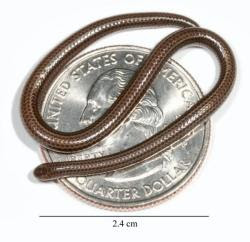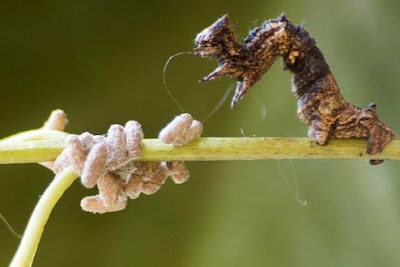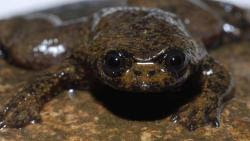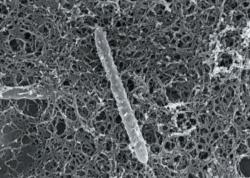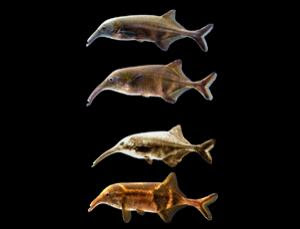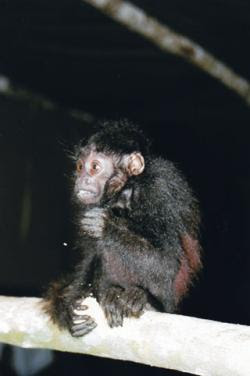From a sea-slug that runs on solar power, to a bug that lives in total isolation; from the world's smallest snake to a one-tonne rodent - here are the 10 oddest species from 2008.
"Amphibian horror" isn't a movie genre, but on this evidence perhaps it should be. In May, biologists described a hairy frog that actively breaks its own bones to produce claws that puncture their way out of the frog's toe pads, probably when it is threatened.
This little guy leads the eco-movement by example. Elysia chlorotica is a lurid-green sea slug with a gelatinous leaf-shaped body that lives along the Atlantic seaboard of the US. When it feeds on algae it absorbs chlorophyll and steals some plant genes that let it live for up to a year on sunlight alone.
You wouldn't get many luxury handbags out of the world's smallest snake, Leptotyphlops carlae. Barely the girth of a strand of spaghetti, it was discovered by Blair Hedges, of Pennsylvania State University, who also discovered the world's smallest gecko and helped find the world's smallest frog.
They may look innocent, but male guppies are the ultimate bullies. Having invaded the territory of another fish species, they have taken to sexually harassing and possibly even maiming resident females. Researchers believe the guppies are using sex as a way of suppressing the native fish population.
Technically, this story gives you a pair of odd animals: a parasitoid wasp that specialises in manipulative behaviour and a zombie caterpillar. Having partially developed inside them, the wasp larvae chemically manipulate the caterpillars into acting as zombie bodyguards, with some impressive moves to boot.
You would be forgiven for not even seeing Barbourula kalimantanensis as it sat perfectly camouflaged on a rock. But you would be missing something extraordinary. The little frog with big eyes has no lungs and gets all the oxygen it needs through its skin.
Nicknamed "the bold traveller", Candidatus Desulforudis audaxviator lives 2.8 kilometres down inside a goldmine, in 60 °C water, completely isolated from the rest of the world. And with neither light nor oxygen. The discovery that it has all the genes it needs to survive on its own, completely isolated from any other form of life, set the world of astrobiologists abuzz: could this be what alien life will look like?
Male elephant nose fish are known to lure females with the help of an electric field. This year, experiments showed that females fancy the electric aura of males of their own kind over the spark of closely related species.
Jumping on a chair would not have helped escape Josephoartigasia monesi - then again, when this one-tonne rodent roamed South America 2 million years ago there weren't any chairs to be had.
A species of monkey living in north-western Amazonia was named earlier this year - and scientists immediately called for it to be placed on the endangered species list. No wonder new species of primate are so rarely discovered.
Home » All posts
Sunday, January 4, 2009
7 Animal Finds of 2008

It’s the beginning of another year, when who knows what’s going to happen, what adventures we’ll have and what ground-breaking news will hit the headlines. It’s the perfect time to reminisce over events of the previous year and ponder new discoveries. At Environmental Graffiti because we’re besotted with the natural world it was good to see National Geographic’s list of their most read stories of the year include seven best animal finds of 2008. We thought we’d share them with you in case you missed them.
Elbowed Alien-like Squid Caught on Film
There was great excitement in November 2008 when a remote control submersible was investigating a deep oil-drilling site and captured the image of a long-armed and ‘elbowed’ Magnapinna squid. One had never been caught on camera before in their natural habitat.
Vampire Moth has Fruity Past

Researchers reported in October that a previously unknown population of vampire moths in Siberia could have evolved from solely fruit eating species. Vampire moths have hook-and-barb-lined tongues, which they tunnel into their prey to feed on blood. Researchers say there is only slight variations in wing pattern compared to a common species of moth found in central and southern Europe called Calyptra thalictri that eats only fruit.
Italian Wall Lizards Evolving at Lightening Speed

Not exactly an animal find but a new discovery nonetheless. In April 2008, researchers studying Italian wall lizards that had been introduced to a small island off the coast of Croatia have evolved in ways that would normally take millions of years in just a few decades. Records dating from 1971 show that the tiny lizards have developed a completely new gut structure, larger heads, and a harder bite.
Worms Go Supersize in the UK

A new breed of ‘superworms’ that feed on lead, zinc, arsenic, and copper were found at disused mining sites in England and Wales. It’s thought that the newly evolved worms and their toxic eating habits could help cleanse polluted industrial lands as their excretions produce different versions of the metals, which allows plants to grow. Scientists believe their ability to tolerate extremely high metal concentrations has affected their evolution.
Dog-size Deer Rediscovered in Sumatra

In October last year a tiny dog-sized deer was catapulted into the limelight when anti-poaching conservationists released a photograph of the animal caught in a trap in Sumatra. The Sumatran muntjac had not been photographed since 1930 so had almost completely been forgotten about by science. The mountain-dwelling deer is now on the global Red List of Threatened Species, so doubtful it will be neglected again.
Half-ton Colossal Squid Reveals Secrets of the Deep

In 2007, a 30 ft-long (10 m) squid was caught on a fishing line in Antarctic waters. The colossal squid was taken to New Zealand where an autopsy was performed on the half-ton female last August. The dissection revealed the squid was “a ‘giant gelatinous blob’, would have been sluggish and highly vulnerable to predators”, and was carrying partially developed eggs. Scientists believe she may have been feeding from the fishermen’s nets rather than hunting naturally because of her condition.
The same squid was found to have eyes the size of soccer balls – the biggest recorded – which were rimmed with light-emitting organs thought to play a role in cloaking the animal from prey.
Gizmo the Gremlin Hiding Out in Sulawesi

Many people may be familiar with this animal as it’s been likened to a cute’n’cuddly Gremlin (before the water). A group of three pygmy tarsiers were discovered on an expedition in Indonesia last summer. The tiny 57 gram (2 oz) carnivorous primates were last seen alive in the 1920s, so were thought to be extinct. Logging in the forested mountain slopes of Lore Lindu National Park, Sulawesi has destroyed much of their natural habitat and population. Lead researcher Sharon Gursky-Doyen, who found the primates, is hoping the find will inspire the Indonesian government to do more about protecting their native species.
Labels:
Amazing,
Animals,
crazy pictures,
Humor,
Incredible,
insectes,
Intersting Fact,
Unusuals things,
Weird
Thursday, January 1, 2009
Top 10 "Useless" Organs
No. 1 - Male Nipples

Because, why?
No। 2 - Appendix

Darwin claimed the appendix was useful for digestion during our early plant-eating years; it's dwindled down to little since we started eating more digestible foods.
No. 3 - Wisdom Teeth

Back in the day, when we ate mammoth meat off the bone and didn't floss afterward, our teeth tended to fall out. Therefore, when those reserve molars, aka "wisdom teeth," came in they were welcomed. Nowadays, fluoride and dental plans have just made them a huge pain.
No. 4 - Erector Pili

When were hairier (see No. 9), the erector pili made the hairs stand on end when we needed to appear bigger and scarier. Now, it just gives us goose bumps.
No। 5 - Coccyx

More useful as a game-winning Scrabble word than part of the anatomy, the coccyx, or tailbone, is several fused vertebrae left over from the olden days when we had tails.
No. 6 - Tonsils

Also prone to swelling and infection. If you have them by your 30s, it's almost an accomplishment.
No. 7 - Adenoids

Adenoids trap bacteria, but they're also prone to swelling and infection. Just ask any 7-year-old. Luckily, our adenoids shrink with age and are often removed, along with ...
No. 8 - Sinuses

Doctors don't really know much about sinuses, only that we have a lot of them. Possibilities for their function range from insulating our eyes to changing the pitch and tone of our voice.
No. 9 - Body Hair

You may not know it, but you have a third eyelid. Pull open the two more noticeable eyelids and take a look - it's located right in the corner by the tear duct. The third eyelid is left over from what's known as a "nictitating membrane," which is still present in animals like chickens, lizards and sharks.
No. 10 - Plica semilunaris (third eyelid)

You may not know it, but you have a third eyelid. Pull open the two more noticeable eyelids and take a look - it's located right in the corner by the tear duct. The third eyelid is left over from what's known as a "nictitating membrane," which is still present in animals like chickens, lizards and sharks.
Labels:
Amazing,
Cool,
crazy pics,
Humor,
Incredible,
Intersting Fact,
Organs,
Unusuals things,
Weird
Top 20 Plus Strange Handbags | Top Sexy jewelry
Top 20 strange handbag designs. A Sexy jewelry design for beautiful woman.

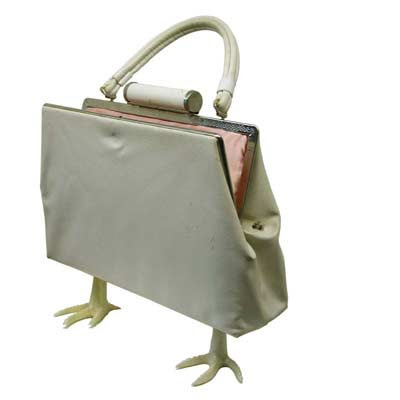
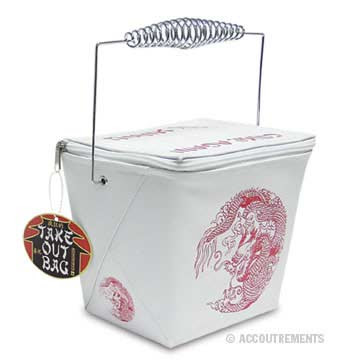

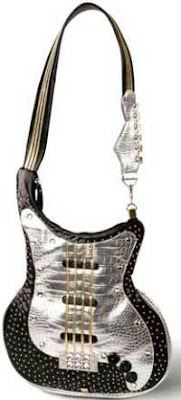

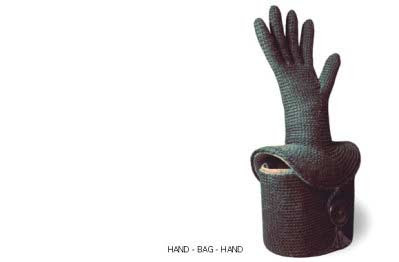



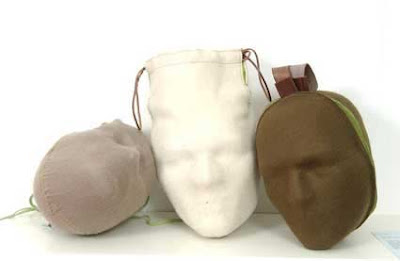
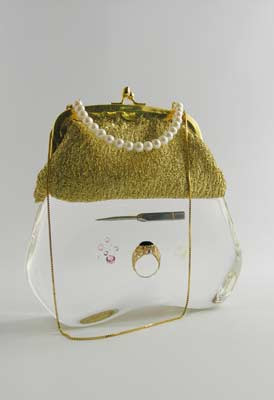






Motivate physically by the mystic beauty of unique and high-class jewellery collection! The town wearing your erotic jewelry under clothing. Mixed bag has a large selection of body jewellery, varying from hand and knee bracelets to belly and breast jewellery.



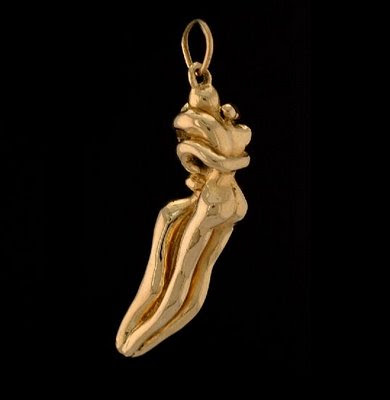


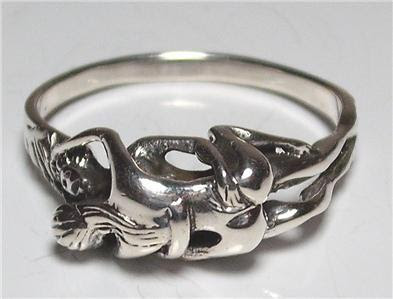




















Motivate physically by the mystic beauty of unique and high-class jewellery collection! The town wearing your erotic jewelry under clothing. Mixed bag has a large selection of body jewellery, varying from hand and knee bracelets to belly and breast jewellery.









Subscribe to:
Comments (Atom)


